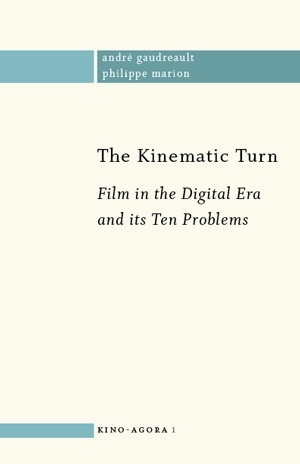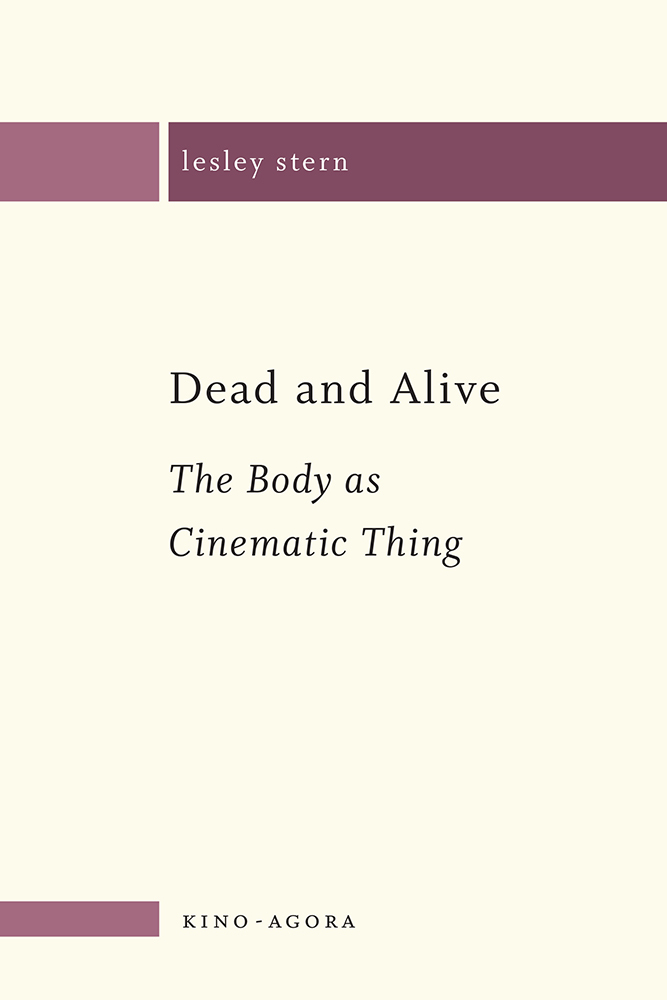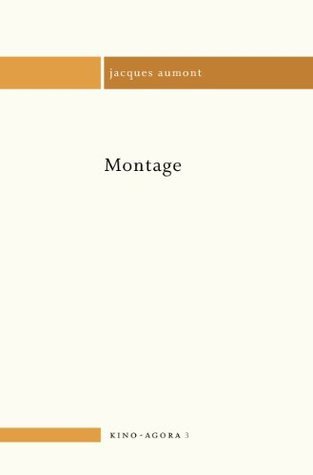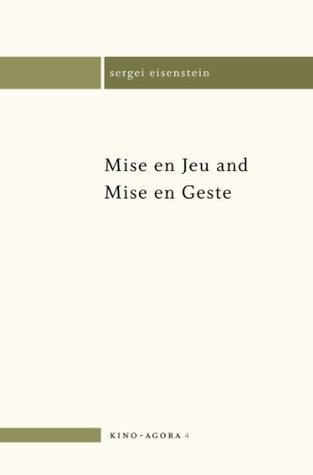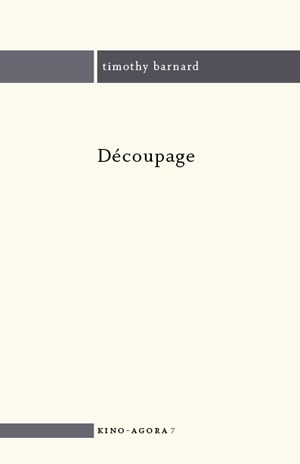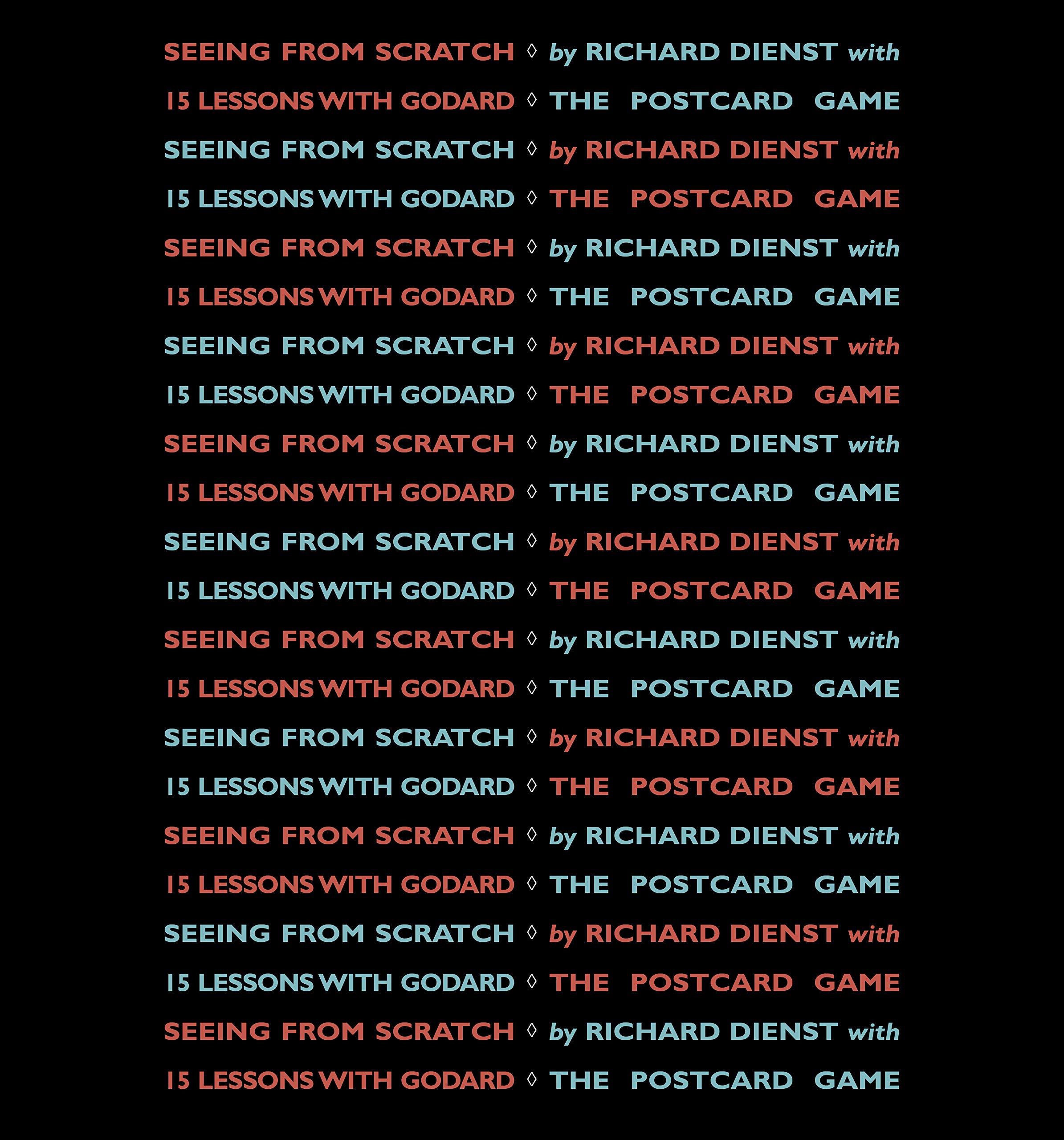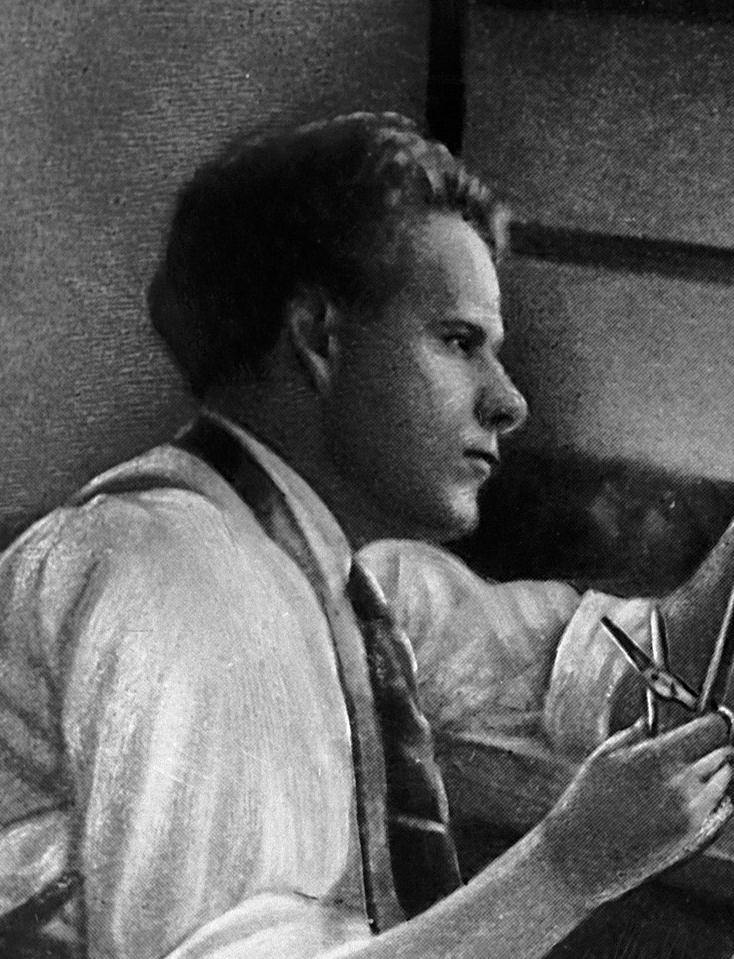Describing editing as cinema’s formal and aesthetic soul because of its ability to represent time, in this lyrical essay Jacques Aumont surveys the theory and practice of editing and montage, from early cinema to the digital era. Aumont addresses the Soviet filmmaker-theorists of the 1920s, of course – he is a translator of Eisenstein and the author of a book on Eisenstein’s montage – but also brings into the discussion contemporary directors such as Jia Zhangke, Abbas Kiarostami, Aleksandr Sokurov, Kathryn Bigelow and Lisandro Alonso, with stops along the way for the ideas of André Bazin, Jean-Luc Godard and Pier Paolo Pasolini.
This original essay, written especially for caboose, is essential reading by one of the leading film scholars at work in the world today and a rare opportunity for English speakers to enjoy his work. It is the first of three Kino-Agora volumes on the essential concepts and practices of film montage, découpage and mise en scène.
We have entered into a period in which the reign of vision has become contested by that of the image, with the result that editing has changed nature, because its job is no longer to regulate a succession of shots as much as it is to regulate a succession of images. And while the shot has a responsibility towards reality, the image is responsible only to itself.
Jacques Aumont
Jacques Aumont has worked as a radio and television engineer, a critic with Cahiers du Cinéma and a member of the board of directors of the publisher Éditions de l’Étoile. He began teaching cinema studies in 1970, and later aesthetics, at the Paris-1, Paris-3 and Lyon-2 universities and at the E.H.E.S.S. in France, and in addition in Berkeley, Madison, Iowa City, Nijmegen and Lisbon. He is emeritus professor at the Université de Paris-3 Sorbonne Nouvelle and professor at the École nationale supérieure des Beaux-arts de Paris. He has worked in three related (1) theoretical problems around representation; (2) the aesthetics of visual art, in particular the relationship between cinema and painting; and (3) film analysis, its methodology and related concepts.
His publications Montage Eisenstein, 1979, 2005; L’Oeil interminable, 1989, 1995, 2007; L’image, 1990, 2011; Du visage au cinéma, 1992; Introduction à la couleur, 1994; De l’esthétique au présent, 1998; Les Théories des cinéastes, 2002, 2011; Matière d’images, 2005, 2009; Cinéma et mise en scène, 2006, 2010; Moderne?, 2007; L’Attrait de la lumière, 2010; Le Montreur d’ombre, 2012; and Que reste-t-il du cinéma?, 2012. He has edited or translated an additional twenty volumes and written some two hundred and fifty articles for journals, periodicals, catalogues and conference proceedings.
